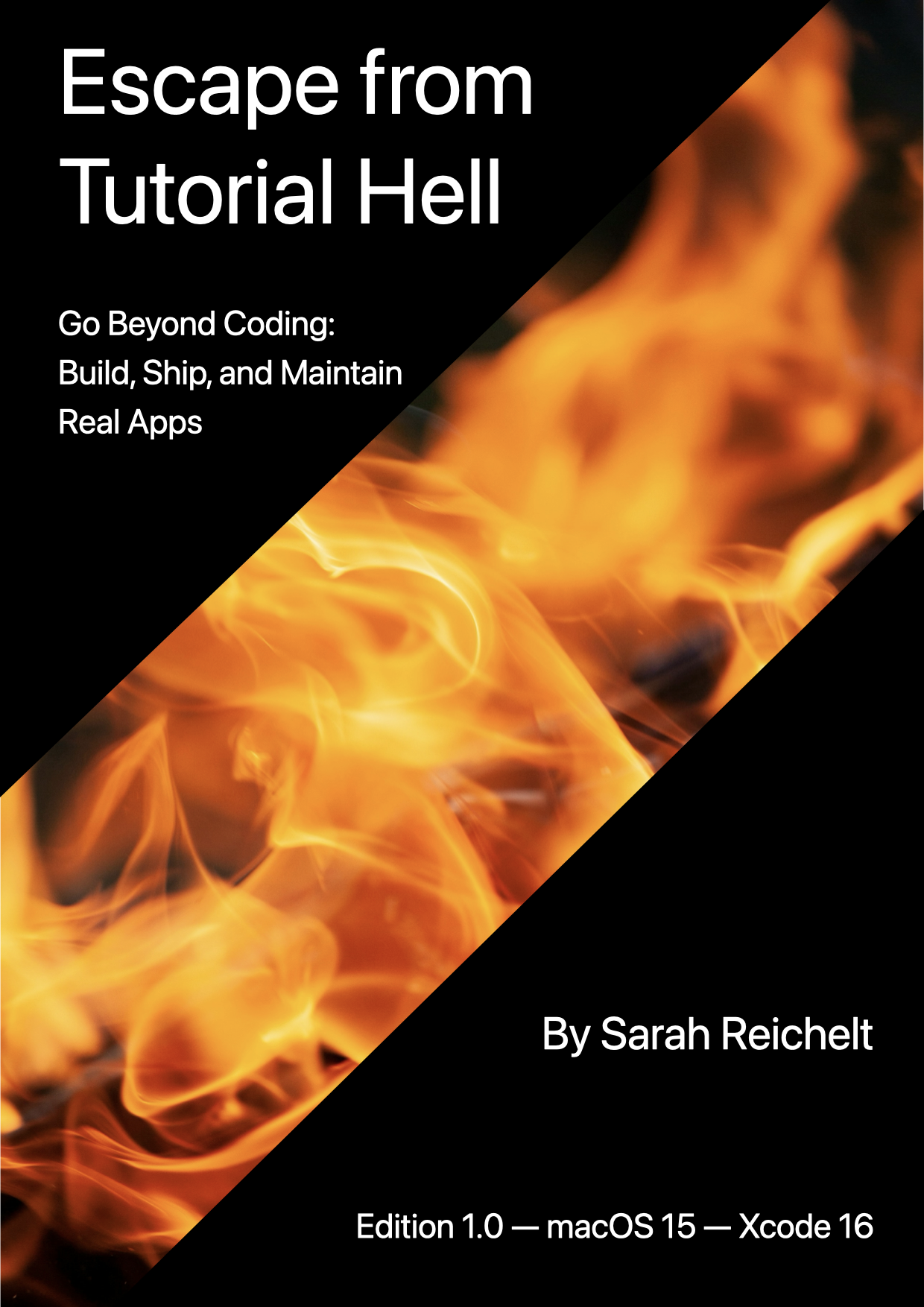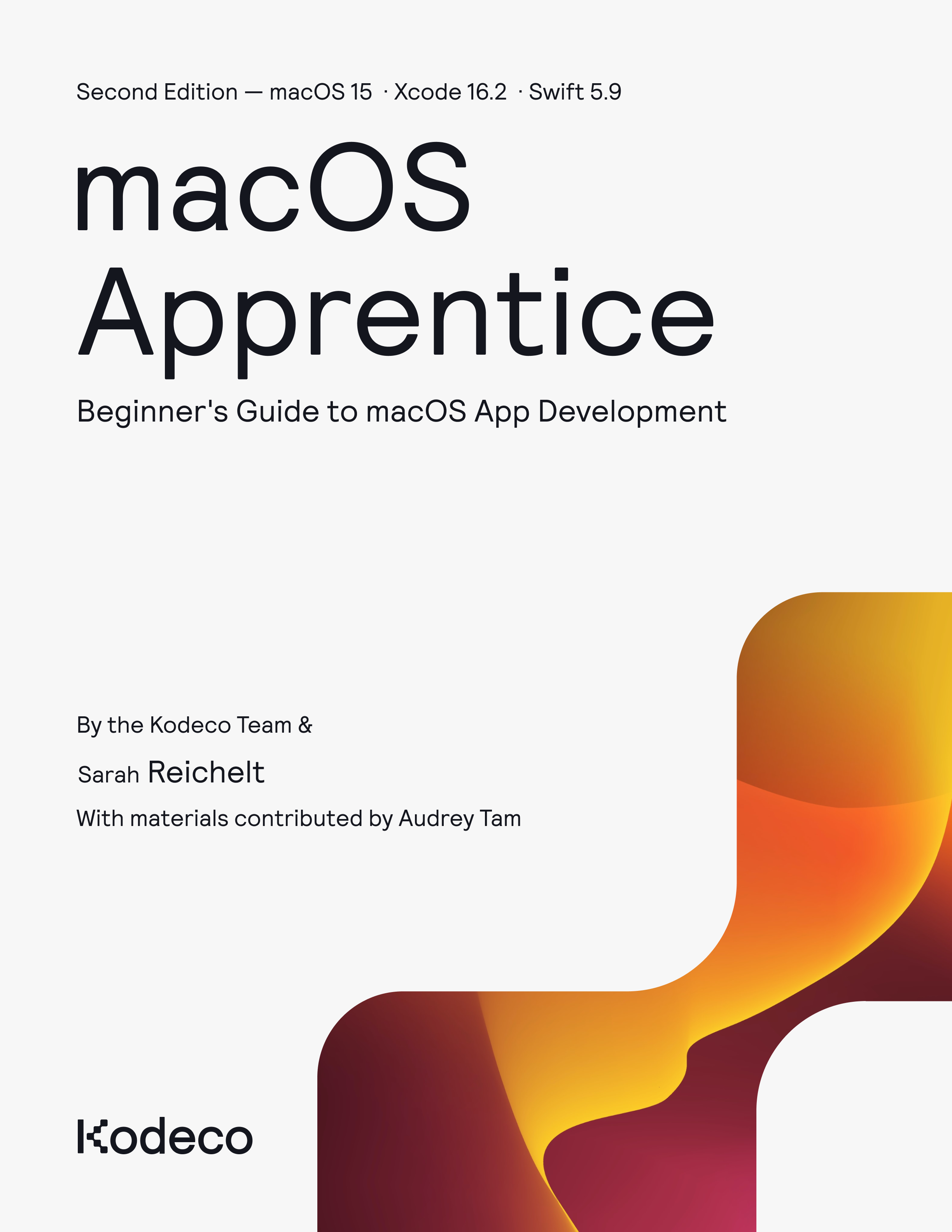My Books
-
Learning Swift - Sets
Read More »Sets are the forgotten collection type in many languages, including Swift. I think most developers use Arrays without really considering the advantages of using a Set but they have some amazingly useful features that should make them a part of any programmer's toolkit.
If you want to follow along with a playground, you can download it here.
What is a Set?
A Set is an un-ordered collection of unique items. That's it - nothing more than that. So it is very similar to an Array, but it is not indexed like an Array and it cannot contain more than one of each entry.
-
19th Hole Golf Scorer 3.1
Read More »One of the problems with using 19th Hole on the Apple Watch is making the app show every time you raise your wrist. My solution to this was to go into Settings (either on my iPhone through the Watch app, or directly on the watch) and change it to "Resume Last Activity" on wrist raise. This worked fine but as I usually prefer the watch face to show on wrist raise, I had to keep setting and re-setting this which was a pain.
But last week I noticed the fine print when changing this setting. In this screen shot from the Watch app on my iPhone, you can see that "session-based apps" and "some third-party workout apps" will over-ride the "Show Watch Face" setting.
-
My Year With Apple Watch
Read More »As the Apple Watch hits its first birthday, there seems to be in increasing number of bloggers complaining about it. One (which I refuse to link to) titled "My Year of Hell With the Apple Watch". I think the article has since been re-published with a slightly less inflammatory title, but really! Did somebody rivet the watch to his wrist? If it was so awful, why not just stop using it?
I am a watch nerd and have always loved watches and having one on me. I liked watches with features and even had a calculator watch at one point although as a woman with skinny wrists, I found it constantly annoying that watch makers put all the gadgets into man-sized watches so I was left with the choice of no features or a watch that looked stupidly large on my wrist.
-
How To Confuse TestFlight
Read More »I ran into an unusual problem when testing my latest app: "What Is My Speed?". It is now available from the iTunes App Store, but getting there was a struggle.
-
Road Trip Apps
Read More »Over the past few months, we have done two long road trips: one approximately 4,000 km and the other about 1,800 km. These gave us the chance to try out various apps for navigation and travel information. We live in Queensland, Australia and some of these comments may be country-specific.
Navigation
The basic navigation came down to three apps:
- Apple Maps
- Google Maps
- Metroview (Australia and New Zealand only)
Each has their strengths and weaknesses:


